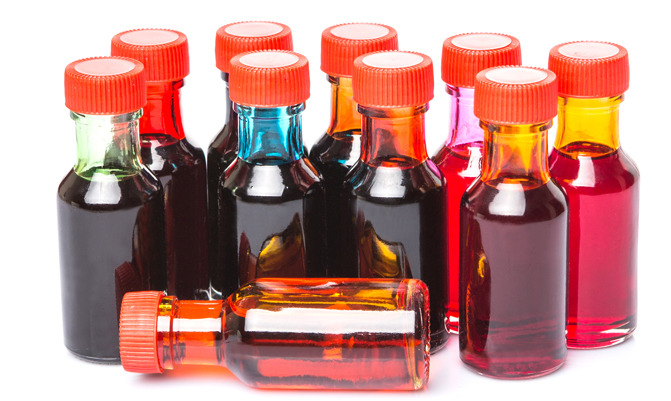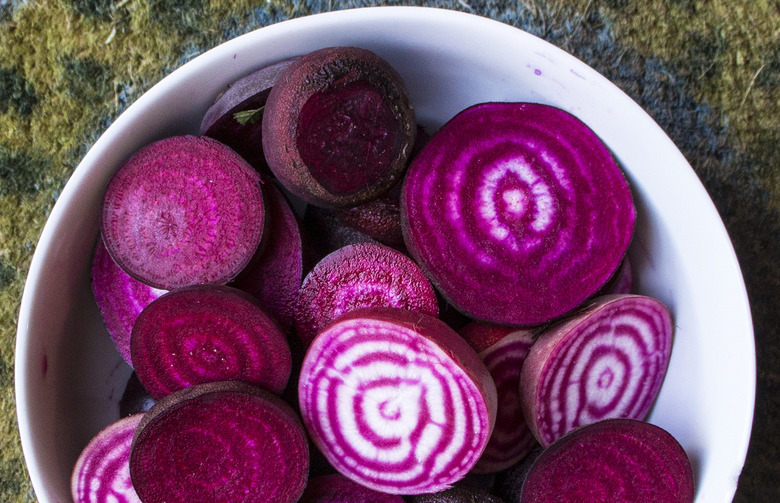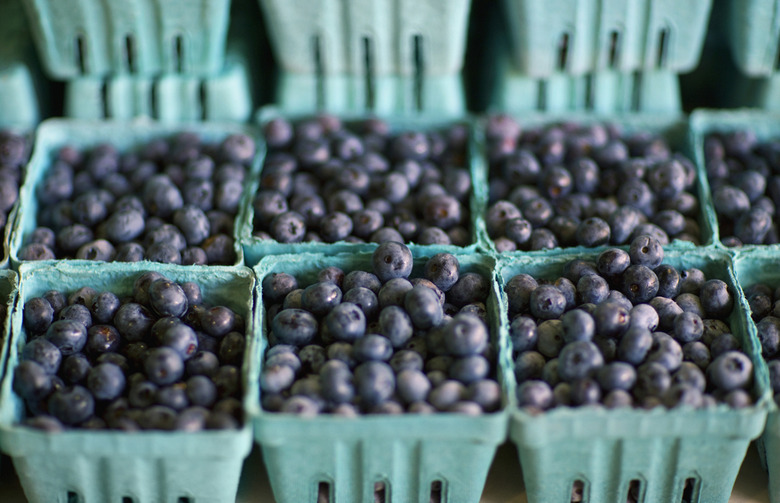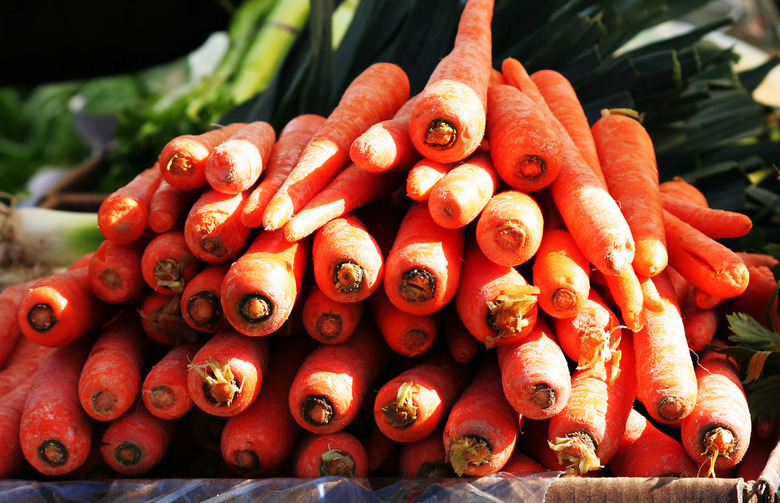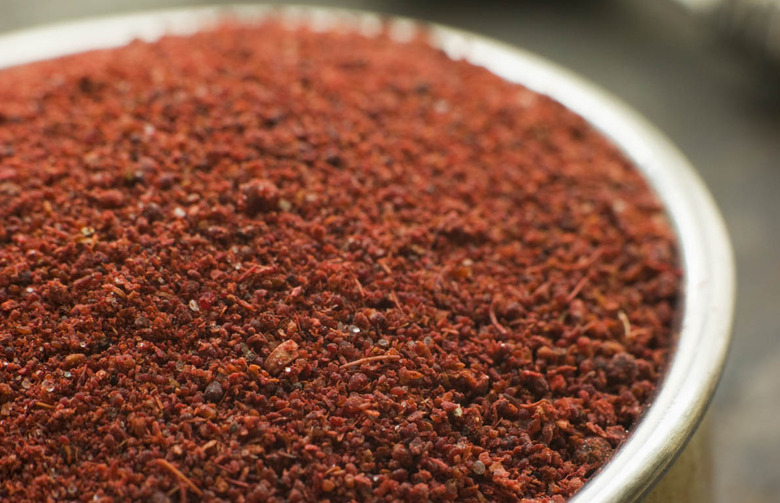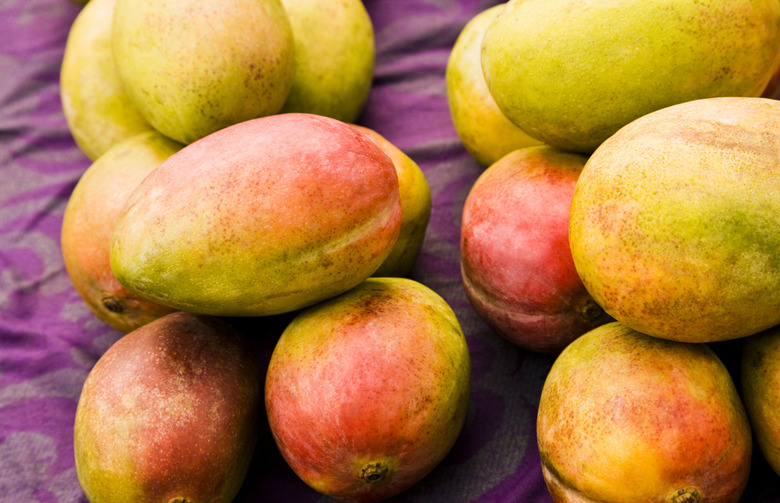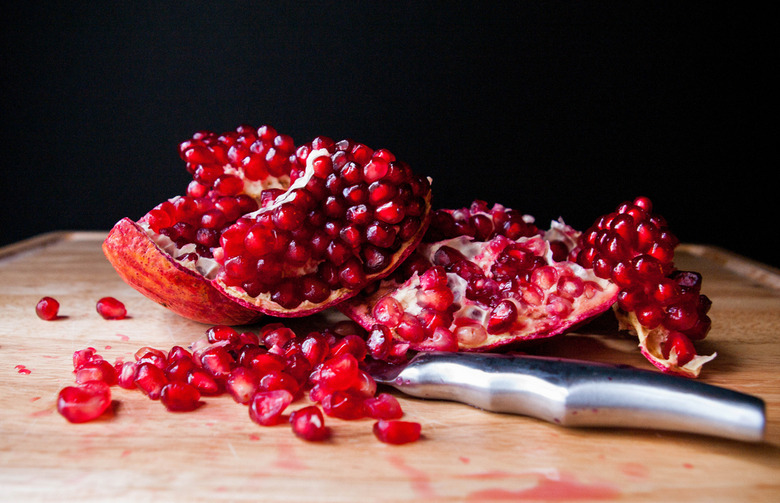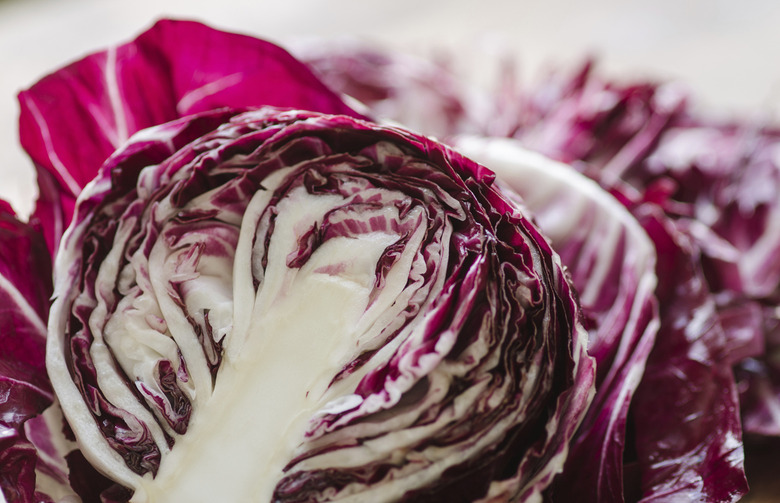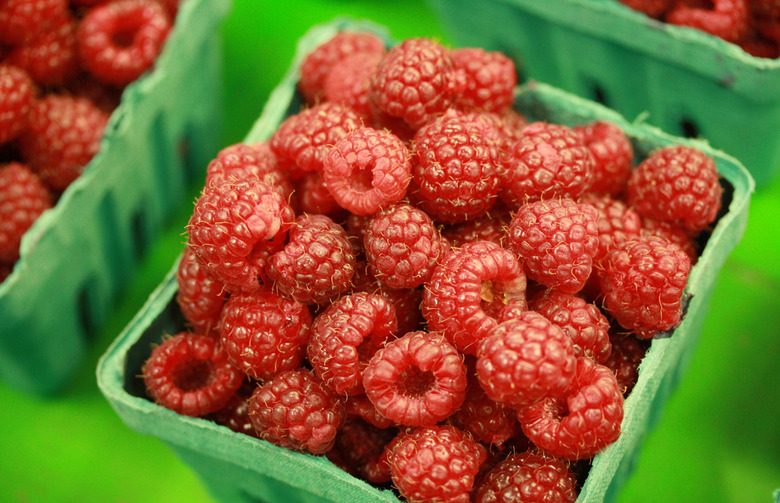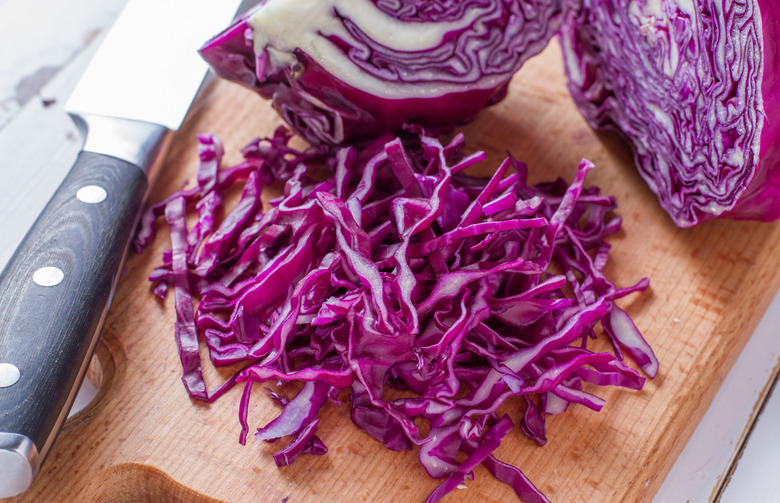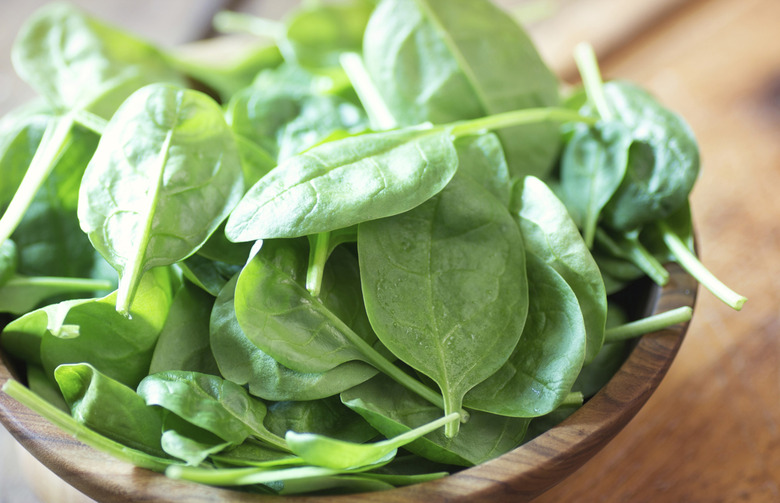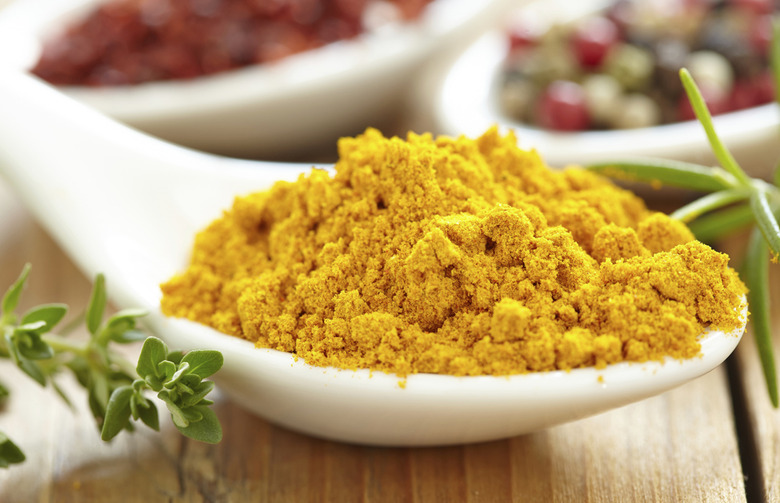Beautify Your Desserts With These All-Natural Food Dyes
On the bright side, staying away from potentially harmful artificial dyes like Red 40, Yellow 5, and Blue 1 doesn't mean you are doomed to eating dull, colorless food.
Beets
Beets come in a variety of colors, including deep red and bright yellow. Use red beets to deliver a dramatic hue to your favorite red velvet cake recipe.
Blueberries
When you are devouring fresh blueberries at the farmers market, pay attention to how the juices dye your fingers a pale blue. Use blueberries to turn your favorite vanilla buttercream a soft shade of blue.
Carrot Tops
Chili Powder
Boil chili powder to release its yellow-orange coloring. Once you've completed that step, just cool and add as you would synthetic colors — by the drop.
Mangoes
The bright yellow-orange flesh of the mango can be puréed and added to baked goods to sweeten and color. If you don't want an overwhelming mango flavor, use sparingly. Make sure you strain the purée and reduce the juice to make a potent dye.
Pomegranate
This fruit practically bleeds red when it's cut open. Juice it and reduce the liquid to create a bright red dye that will leave you wondering why anyone ever bothered with chemicals.
Radicchio
Raspberries
If you want beautiful pink cake or frosting, all you need are some frozen raspberries. Just bring to a boil in water, purée, and strain, and you'll have natural pink dye to make your cupcake decorating dreams come true.
Red Cabbage
Cabbage also requires a little boiling to extract that deep purple-blue color. Just simmer in water, strain, and reduce until the desired concentration is reached. Remember, natural dyes aren't always as potent as the artificial ones, so some recipe experimentation may be necessary.
Spinach
Don't worry: Your St. Patrick's Day baking won't be halted by the revelation that artificial dyes might be bad for you. Just use spinach. Boil, reduce, blend, and strain to make the natural green dye that we promise won't make your cookies taste like spinach.
